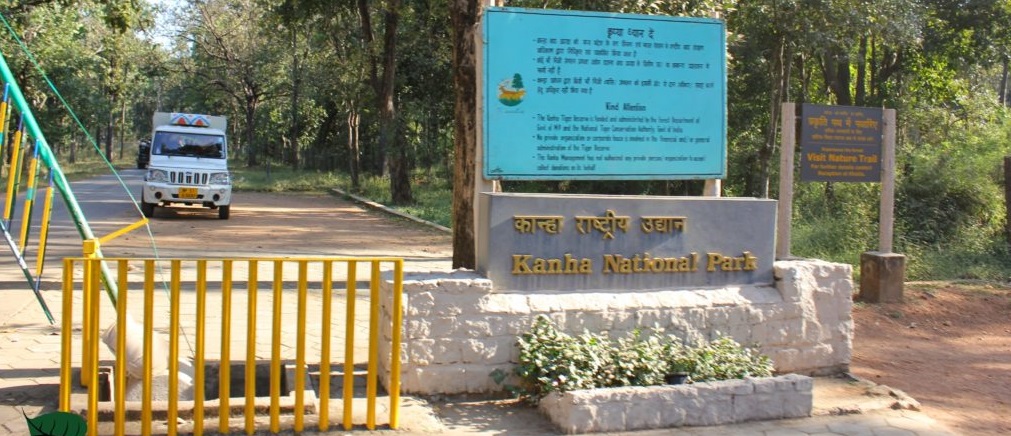Set amidst the lush forests of Madhya Pradesh, Kanha National Park ranks among India's top wildlife destinations, famed for its thriving tiger population and diverse landscapes. The national park offers a pristine and picturesque setting for wildlife safaris. The park is also the original home of the rare hard-ground barasingha (swamp deer), making it an ecological treasure trove. Within the park, three major safari zones - Kanha, Kisli, and Mukki - stand out for their distinct ecosystems and high chances of wildlife sightings, particularly of tigers, leopards, wild dogs, and a wide variety of birds. Each zone provides a unique experience, so choosing the right one and preparing in advance are crucial.
Planning ahead is essential, especially during peak seasons when demand surges. By securing your permits early and understanding the intricacies of each zone, you can ensure a seamless and rewarding safari experience.
Understanding the Core Safari Zones in Kanha
Kanha National Park is divided into multiple zones, but Kanha, Kisli, and Mukki are among the most popular for wildlife safaris. Here's what makes them special:
• Kanha Zone: Regarded as the heart of Kanha National Park, the Kanha Zone stands out for its unspoiled beauty. This zone is renowned for its diverse ecosystem, home to iconic species like tigers, leopards, and the endangered hard-ground barasingha. Though wildlife sightings may demand patience, the peaceful surroundings and raw natural charm make it an ideal destination for those seeking a deeper connection with nature.
• Kisli Zone: The Kisli Zone, located next to the Kanha Zone, shares a similar landscape featuring graceful sal forests, open meadows, and stretches of bamboo vegetation. The safari route in Kisli also leads to the scenic viewpoint of Bhamni Dadar, while the Nakti Ghati anicut is a notable spot for birdwatching and presents excellent opportunities for tiger sightings amid the dense forest cover.
• Mukki Zone: The Mukki Zone stands out as an excellent option for a wildlife safari in Kanha National Park. Renowned for its dense tiger population, this area offers a greater likelihood of encountering these majestic predators. Beyond tigers, the zone also supports a rich variety of wildlife, including sloth bears, wild dogs, and large groups of chitals and sambars.
Types of Safaris Available
The park primarily offers Jeep Safaris, which are available in two shifts daily:
• Morning Safari: 6:00 am to 11:00 am
• Evening Safari: 3:00 pm to 6:00 pm
Each jeep carries a limited number of guests along with a registered guide and a driver, ensuring a more personal and informative experience. The safari times vary seasonally.
Details for Booking Safaris in Kanha, Kisli & Mukki Zones
To ensure a smooth safari experience, booking in advance is highly recommended. You can secure your permits via the online Kanha national park booking portal. It’s advisable to book as early as possible, especially for morning safaris or specific zones like Kanha and Mukki, which tend to fill up quickly. Booking your safaris at least 120 days prior ensures a guaranteed safari.
Required Details for Booking
You’ll need to provide the following at the time of booking:
• Full name and age of each participant
• Government-issued photo ID details (e.g., Aadhar, passport, voter ID)
• Preferred date and shift (morning/evening)
• Preferred zone
Best Time to Visit for Safaris
To make the most of your Kanha safari, timing your visit right is key. The park is open to visitors from October to June, and the wildlife viewing experience varies by season:
• October to February: This is a great time to visit due to the cool weather and lush post-monsoon vegetation. The scenery is stunning, although dense foliage may occasionally reduce visibility.
• March to June: These are the best months for wildlife sightings, especially tigers. As water sources dry up, animals gather around remaining ponds, increasing your chances of spotting big cats and other fauna.
Avoiding long weekends and major holidays can lead to a more peaceful and intimate experience, as tourist traffic is significantly reduced during off-peak days.



